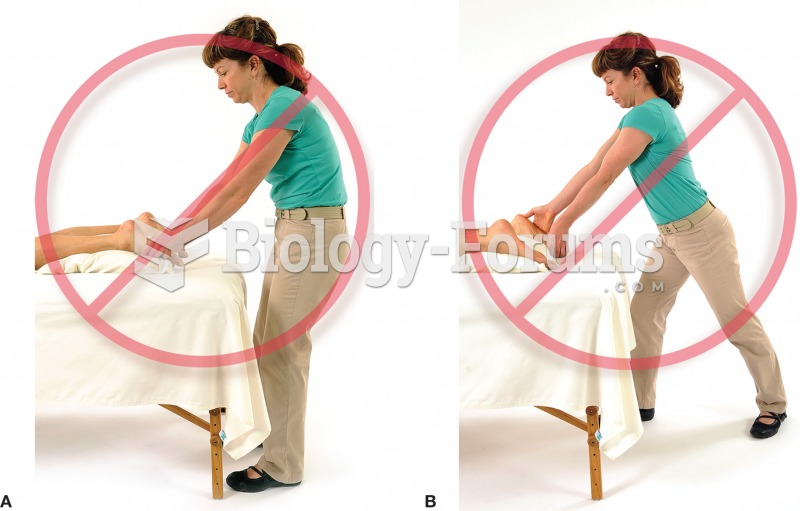|
|
|
Hippocrates noted that blood separates into four differently colored liquids when removed from the body and examined: a pure red liquid mixed with white liquid material with a yellow-colored froth at the top and a black substance that settles underneath; he named these the four humors (for blood, phlegm, yellow bile, and black bile).
Despite claims by manufacturers, the supplement known as Ginkgo biloba was shown in a study of more than 3,000 participants to be ineffective in reducing development of dementia and Alzheimer’s disease in older people.
Always store hazardous household chemicals in their original containers out of reach of children. These include bleach, paint, strippers and products containing turpentine, garden chemicals, oven cleaners, fondue fuels, nail polish, and nail polish remover.
Ether was used widely for surgeries but became less popular because of its flammability and its tendency to cause vomiting. In England, it was quickly replaced by chloroform, but this agent caused many deaths and lost popularity.
Parkinson's disease is both chronic and progressive. This means that it persists over a long period of time and that its symptoms grow worse over time.
 In the communication technique of collaborating, the nurse sends the message that the nurse and pati
In the communication technique of collaborating, the nurse sends the message that the nurse and pati
 a) Avoid bending your spine from working with the table too low. b) Avoid hiking your shoulders from ...
a) Avoid bending your spine from working with the table too low. b) Avoid hiking your shoulders from ...
 Safety glasses should be worn at all times when working on or around any vehicle or servicing any ...
Safety glasses should be worn at all times when working on or around any vehicle or servicing any ...
 A typical variable cam timing control valve. The solenoid is controlled by the engine computer and ...
A typical variable cam timing control valve. The solenoid is controlled by the engine computer and ...



